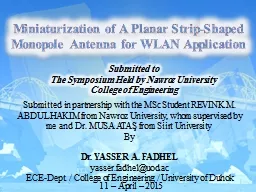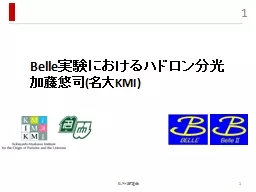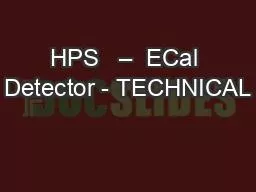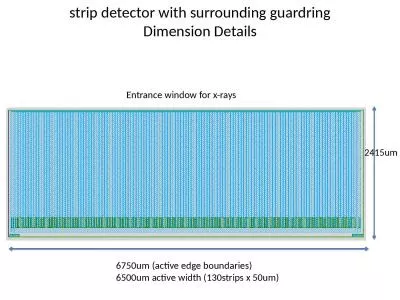PPT-The silicon strip vertex detector of the Belle II experiment
Author : nersonvisa | Published Date : 2020-08-03
Yoshiyuki Onuki On behalf of BelleII SVD collaboration University of Tokyo Kavli IPMU 1 201393 9th International Hiroshima Symposium on the Development and Application
Presentation Embed Code
Download Presentation
Download Presentation The PPT/PDF document "The silicon strip vertex detector of the..." is the property of its rightful owner. Permission is granted to download and print the materials on this website for personal, non-commercial use only, and to display it on your personal computer provided you do not modify the materials and that you retain all copyright notices contained in the materials. By downloading content from our website, you accept the terms of this agreement.
The silicon strip vertex detector of the Belle II experiment: Transcript
Download Rules Of Document
"The silicon strip vertex detector of the Belle II experiment"The content belongs to its owner. You may download and print it for personal use, without modification, and keep all copyright notices. By downloading, you agree to these terms.
Related Documents





